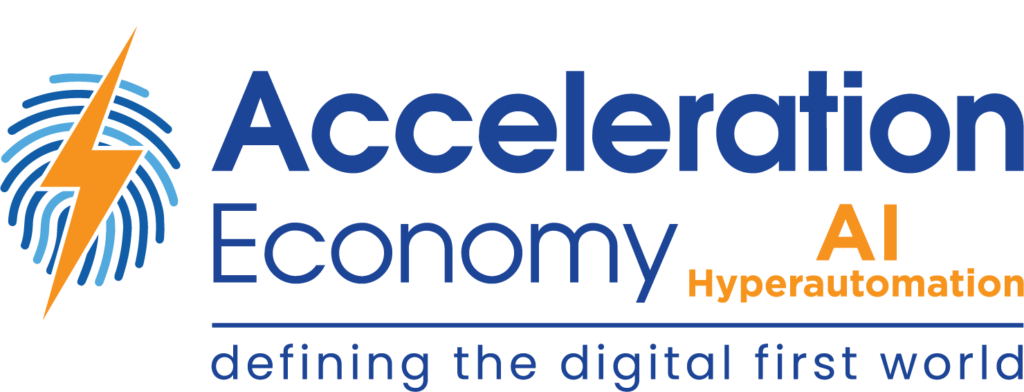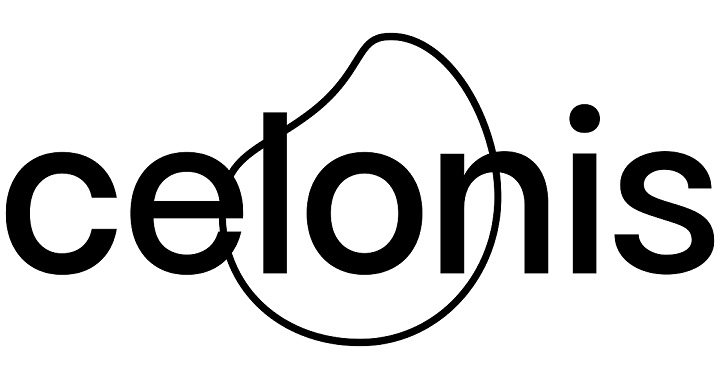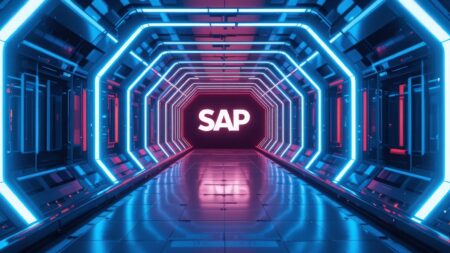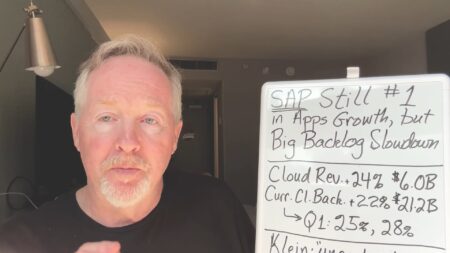Acceleration Economy editor-in-chief Tom Smith was on location at Celonis World Tour 2023 Wednesday. In this video, Tom speaks with Alex Rinke, co-founder and co-CEO. The two discuss large language models (LLMs) and generative AI working with process mining, the company’s new object-centric process mining technology, and the current competitive environment.
Celonis is on the Acceleration Economy Top 10 Shortlist of AI/Hyperautomation Enablers.
Highlights
00:58 — Amid all the buzz surrounding ChatGPT, generative AI, and LLMs, the big question is how to apply that technology in enterprise applications. Rinke notes that in a process context, there are two opportunities: The first is to provide a new, friendly user interface, with natural language allowing you to converse with your systems without knowing the process mining query language.
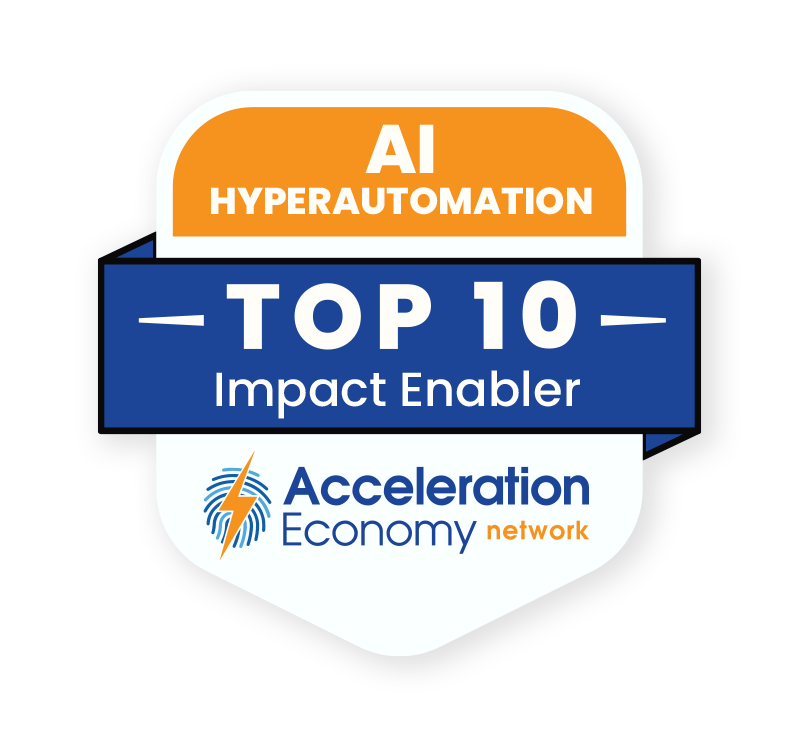
Which companies are the most important vendors in AI and hyperautomation? Check out the Acceleration Economy AI/Hyperautomation Top 10 Shortlist.
01:25 — When a business user wants to know something about pricing, for example, process mining can provide that context and an answer. “Instead of going into a dashboard, you can just say, ‘hey, where are my bottlenecks?'” (These types of queries were part of a demo that Celonis gave during the event.)This represents a new, AI-driven engagement layer.
01:55 — The second big opportunity is AI becoming part of the process, automating steps like invoice entry, reconciliation, or credit approvals. AI agents can be trained, but they need to learn about the enterprise’s context to automate things and make better decisions. “We see Celonis providing that context in a lot of use cases and then also monitoring because the process will then be a hybrid of AI, humans, and systems.” That’s a big difference when considered relative to text generation or customer service.
03:43 — Rinke addresses the value of the company’s new object-centric process mining architecture, which he calls a “fundamentally expanded data foundation” that can incorporate objects and events including invoices, customers, suppliers, and people a single time, and then allow business users to take any perspective on a business process or across business processes. It’s a modular system that’s particularly relevant in supply chains.
05:19 — Because Celonis emphasizes its system-agnostic approach, Tom asks Rinke to discuss that from a competitive perspective; specifically, why he sees that as an advantage. He notes that with data coming in from different systems, the process mining platform needs to be agnostic. If a company takes an approach of just adding onto other systems such as enterprise resource planning (ERP) or robotic process automation (RPA), that limits its potential.
06:32 — “The modern business process runs through an ecosystem of different systems and the intelligence and governance across this process needs to be independent of any one of those solutions or systems. And we think that’s the big advantage.”
Looking for real-world insights into artificial intelligence and hyperautomation? Subscribe to the AI and Hyperautomation channel:





